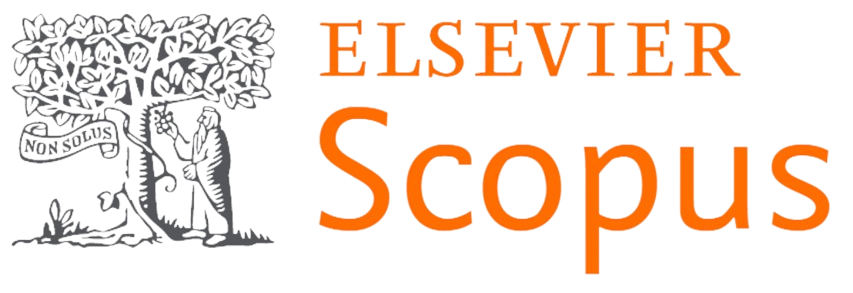Human Papillomavirus vaccines: Call for a European change to tackle current and future shortages
DOI:
https://doi.org/10.70135/seejph.vi.368Keywords:
Healthcare Disparities; HPV; Papillomavirus Infections; Papillomavirus Vaccines.Abstract
Context
There is a global Human Papillomavirus (HPV) vaccine shortage until 2024. The World Health Organization recommended a temporary suspension of HPV vaccination for boys until all girls who need the vaccine can get it. In the European Union (EU), practices to define and monitor HPV vaccine shortages differ between the Member States. Prior policy initiatives were insufficient to address current vaccine shortages.
Policy options
Different policy options are recommended, divided into three self-developed clusters: prevention, response, and supply side. The policy options for the prevention part include decentralised surveillance and centralised surveillance. The policy options for the response part include dose sparing, EU joint procurement, postponing injection for young children, postponing vaccination for boys, and prioritisation in favour of low- and middle-income countries. The policy option for the supply side part is novel procurement agreements.
Recommendations
A traffic light system to assist policymakers has been developed. The traffic light system recommends when policymakers should implement the suggested policy options. The traffic light system describes four stages: Green light (shortage prevention); Amber light (imminent shortage prevention); Red light (shortage management); Shortage lessons. These recommendations will improve EU crisis management.
Downloads
Published
How to Cite
Issue
Section
License

This work is licensed under a Creative Commons Attribution-NoDerivatives 4.0 International License.

